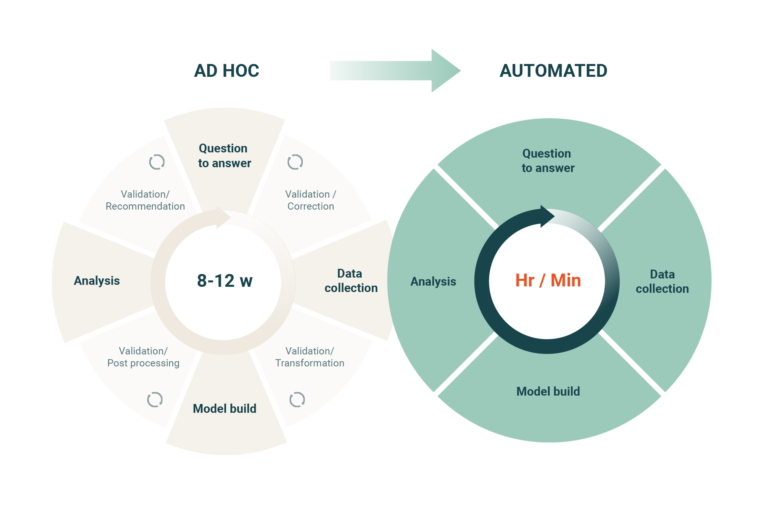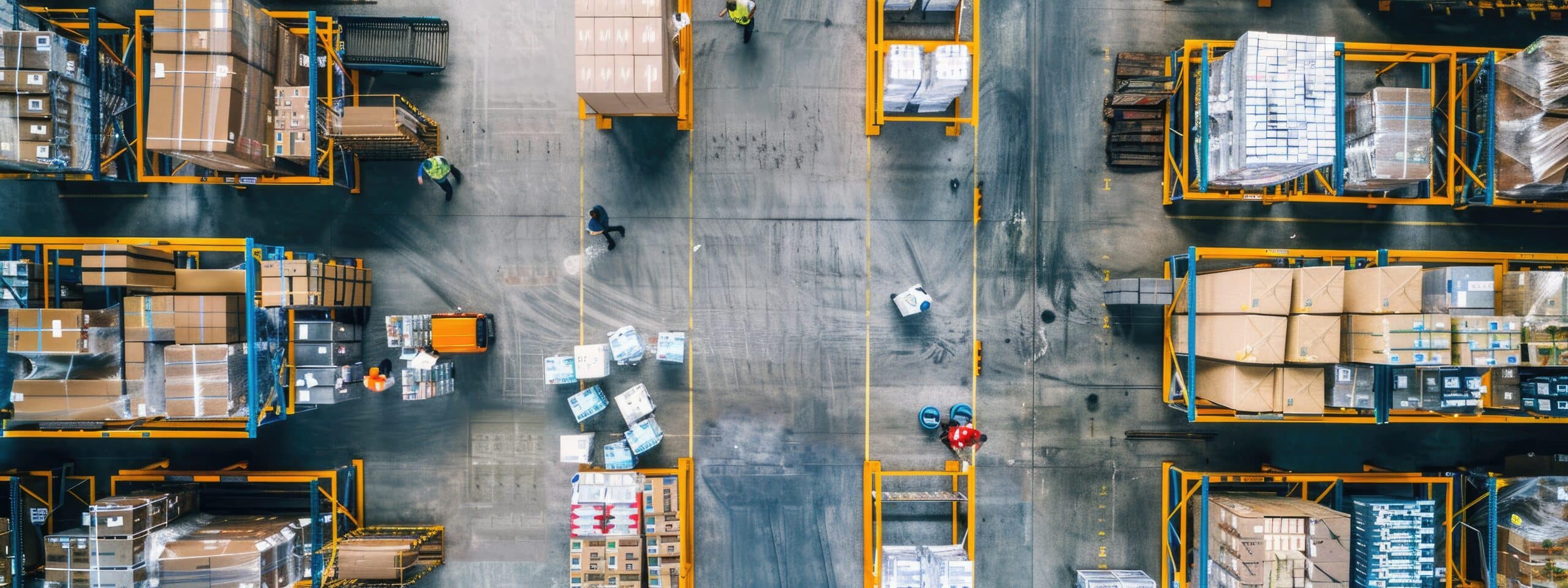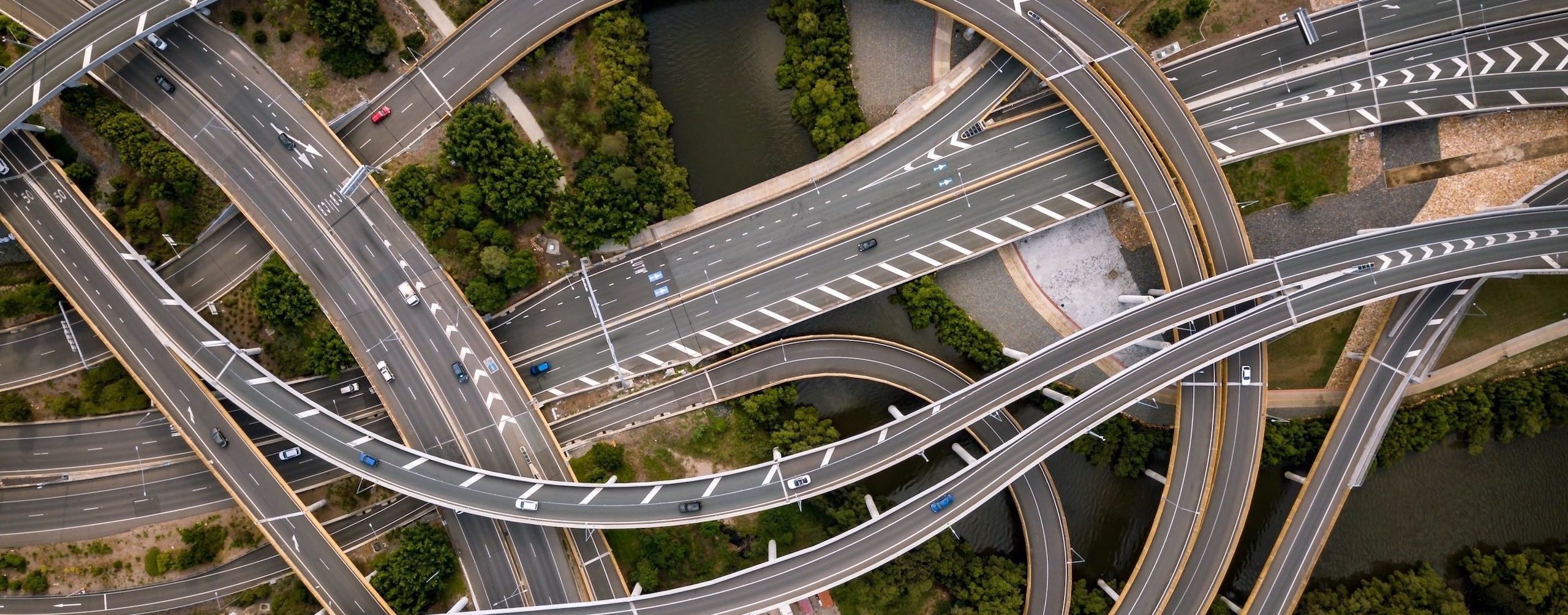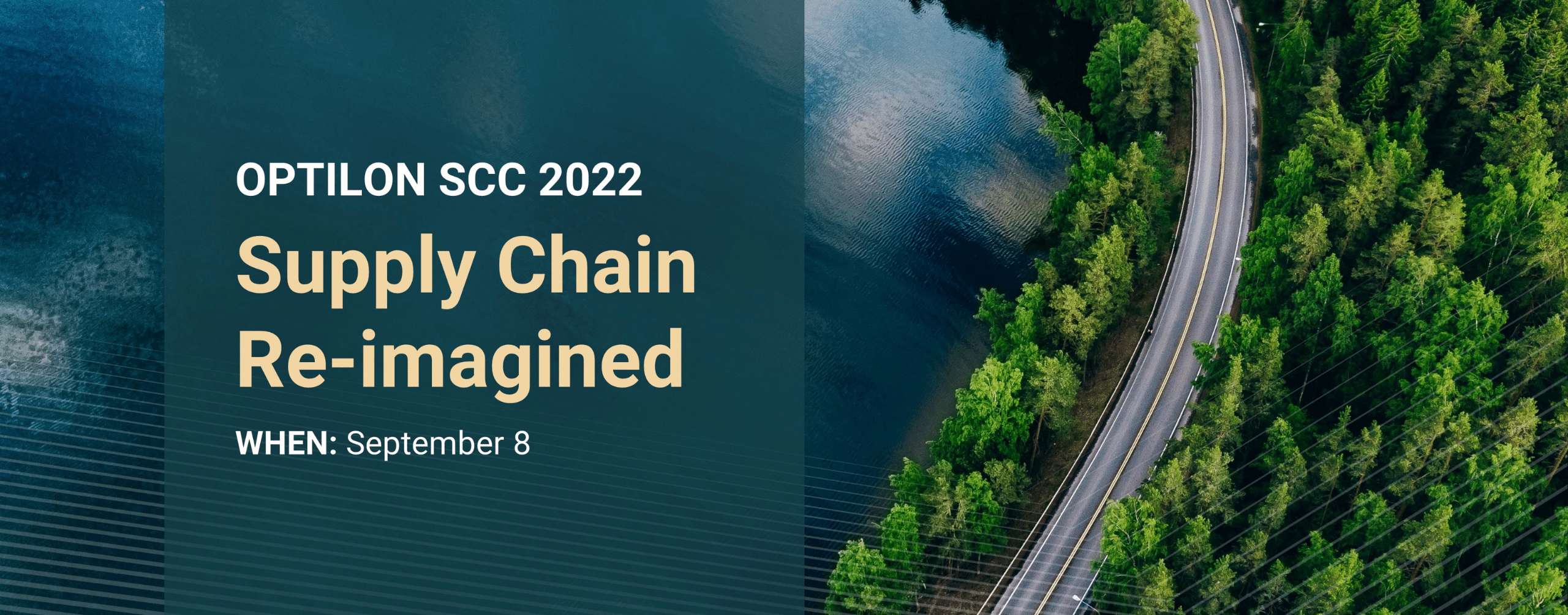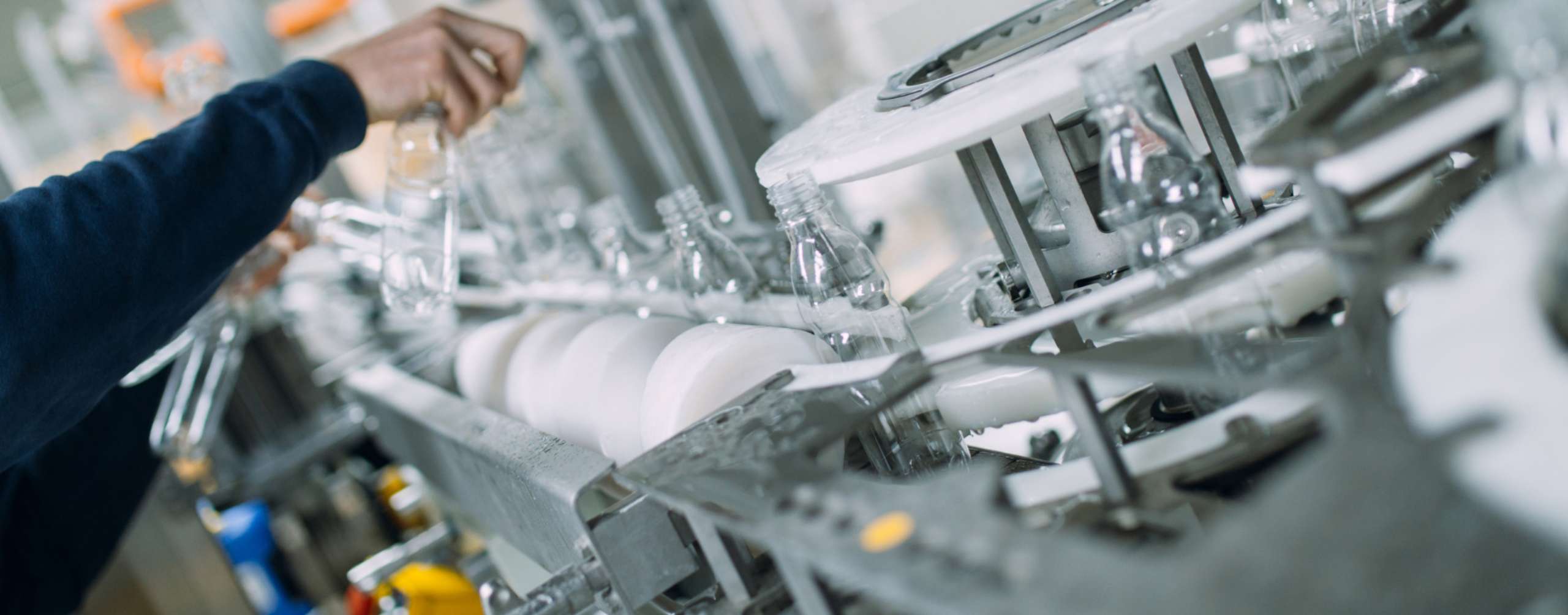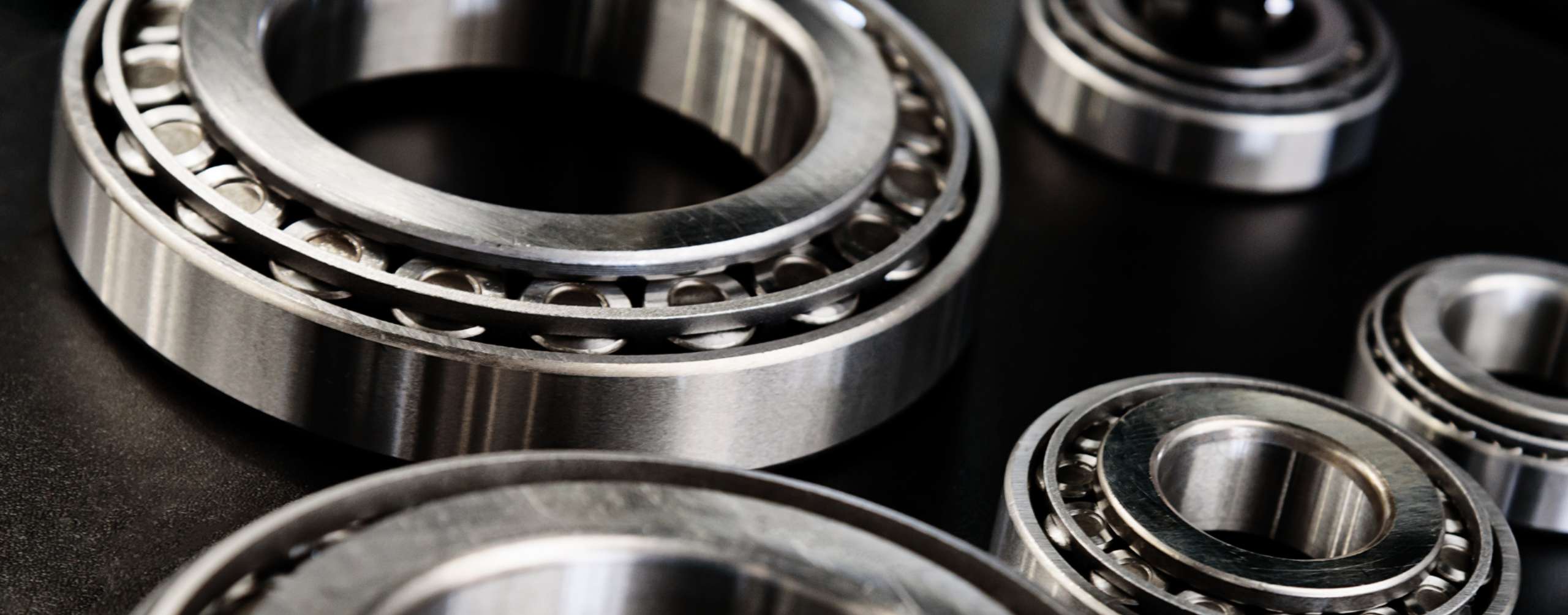Speed in decisionmaking is key for you in terms of reaching your sustainable targets. Though, in many companies employees still work in excel sheet’s when it comes to modelling new Supply Chain designs or even measuring the GHG (Green House Gas) emissions throughout the Supply Chain. The challenge is, that making the right decisions is a complex task. For many companies the complexity is growing. If you want to ensure that you make the right decisions at the right time and in the right quality it is essential, that you have the right tools available. In this blogpost we will look at why Supply Chain design technology is key for your Supply Chain sustainability progress. We will also look at why it is a good investment.
Supply Chain Sustainability at a glance
We live in a world where the “new normal” is increased instability, brought about by a multitude of causes. Political uncertainty combined with a leadership vacuum among governments everywhere, technology disrupters, emerging new business models and the shift away from globalization back to economic nationalism. And last, but not least, consumers are demanding that you actively work to build a sustainable business. These factors are contributing to the fragmentation of established Supply Chain networks.
Sustainability has become a critical perspective in managing organizations.The corona virus pandemic has fundamentally shifted the trends in Sustainability and the way companies are doing business and it is a clear signal, that Supply Chains are entering a transformative decade.Even though COVID-19 had a huge impact on Supply Chains and Sustainability practices, only 52% of the companies have a Supply Chain Sustainability goal. There is greater investment in Sustainability and higher sales for products with Sustainability related labels, indicating a shift in customer behavior. Therefore, the pandemic has contributed to the acceleration of Supply Chain Sustainability agendas.
End to end alignment
If we look closer at the Supply Chain, we could say that the end-to-end Supply Chain is a system with three key “subsystems” at play. A customer market, a supplier market, and the organization (ourselves) in the middle. To design more appropriate responses, we need to understand the drivers within each subsystem and how they inter react. With that we mean:
– The behavioral drivers and segments in the customer marketplace
– The behavioral drivers and segments in the supplier marketplace
– Our own in-house network, which is effectively a decoupling zone between Supply and demand
Summarizing we could say that the Supply Chain design should convey the different types of activities needed on the demand side and the capabilities we need to draw upon from the supply side. It proactively enables us to make intentional decisions when designing the network , including how and where to buffer or decouple along the chain/network.
Faster and better decision making
Decision making in operational environments is changing. The quantity and quality of data available to support decision making are growing exponentially. Focus is on exceptions, with more routine tasks automated. But in a more volatile environment, risk is higher and assumptions harder to make. What has not changed, however, is that despite of all the decision support available, the critical strategic decisions will still come down to individuals and leadership teams.
Complexity demands technology for Supply Chain design
That is where Supply Chain technology comes in handy. ERP systems are partially enforcing organizational siloes with limited scenario and analytics capabilities. Also, business intelligence initiatives and data lakes are limiting the insights into the future as it is typically projecting historical or current set ups, lacking alternative solutions never used before. Insight gaps and decision evaluation are based using an excel solution.
As also described earlier, the challenge is, that the pace of internal and external events that impact our supply chains is ever increasing. So is the interdependency of those events and the functions within the supply chain networks. With a complexity well beyond the grasp of excel, there is an immense need to augment and improve to make more sustainable and intentional decisions. That is why technology is needed.
What is Supply Chain design?
Through scenario analysis, with mathematical models built in none-code environments on top of powerful solvers, Supply Chain Designs offers organizations a flexible approach to:
- Articulate the complexity and events in the Supply Chain and understand and act upon the principles under which it operates across all its functions (end to end)
- Articulate the relevant actions and decisions the organization need to take every day to support the realization of its strategy and vision
- Evaluate the consequences and risk associated with those actions and decisions across the entire supply chain
- Make decision recommendations given different organizational objectives among the overwhelming amount of solutions that each scenario typically holds
In other words, given strategic objectives on sustainability, operational cost, market growth, or service requirement etc., Supply Chain Design let you resolve infrastructure and policy question such as
- optimal number, size, and locations of facilities (suppliers, plants, warehouses )
- the best flow and decupling point set up for products in your network
- optimal mode of transport (air, ocean, truck, drones etc.) on your lanes
- best routing for shipment pickup and delivery
- .. and many more
How can it benefit your business and your Supply Chain?
As a result, you will be able improve your balance between costs (logistics, inventory, labour, utilities, taxes), risks (fire, flood, natural disaster, strike, legal, political) and carbon emissions. As well as your service levels (customer satisfaction) and the flexibility of your business. Supply Chain Design initiatives typically produce significant cost savings and service improvements, especially when integrated into the decision making processes.
You will be able to:
- Put your supply chain in context with visualizations that highlight trends
- Quantify your supply chain health to see performance
- Monitor and track supply chain performance with a living baseline for a view of the ecosystem and its policies
- Model, track, monitor and share visualizations with stakeholders for more buy-in and bigger thinking
